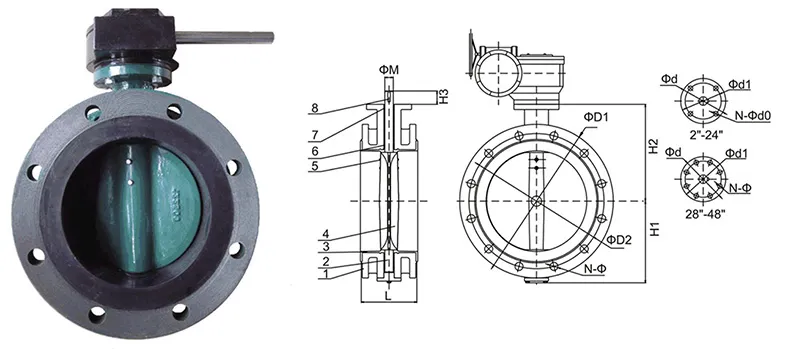Lis . 07, 2024 19:58 Back to list
Exploring the Benefits and Applications of Multi-Core Cable Wiring Solutions
Understanding Multi-Core Cable Wires A Comprehensive Overview
In today’s rapidly advancing technological landscape, the demand for efficient and reliable power and signal transmission has led to the widespread use of multi-core cable wires. These cables are essential in various applications, including telecommunications, electronics, and industrial machinery, owing to their ability to transmit multiple signals simultaneously without interference. This article delves into the intricacies of multi-core cable wires, including their construction, applications, advantages, and considerations for use.
Construction of Multi-Core Cables
Multi-core cables are comprised of multiple insulated conductors bundled together within a single outer sheath. Each conductor is typically made of copper or aluminum, which ensures excellent electrical conductivity and minimizes resistance. The number of cores can vary significantly—ranging from two to several dozen—depending on the intended application and required functionality. Each core is individually insulated to prevent crosstalk and signal interference, which is crucial in maintaining signal integrity.
The outer sheath is designed to protect the inner conductors from environmental factors such as moisture, abrasion, and chemicals. Materials used for the sheath can include PVC, rubber, or specialized compounds designed for specific environments. Additionally, multi-core cables may be shielded or unshielded. Shielded cables contain an additional layer of conductive material to further minimize electromagnetic interference (EMI), making them more suitable for high-frequency or sensitive applications.
Applications of Multi-Core Cables
Multi-core cable wires find applications in various fields. In telecommunications, they are essential for connecting devices within data centers and for residential wiring systems. They enable the transmission of multiple data streams over a single cable, thereby reducing the amount of wiring required and improving organization.
In industrial settings, multi-core cables are used for machine connections, where different cores can carry power, control signals, and data. This flexibility allows for streamlined installation and maintenance processes. Moreover, in audio and video applications, multi-core cables are vital for connecting various components, offering high fidelity and minimizing signal loss.
multi-core cable wire

Advantages of Multi-Core Cables
The use of multi-core cables presents several advantages. One significant benefit is the reduction of installation complexity. Rather than running multiple single-core cables, which can be cumbersome and cumbersome to manage, a single multi-core cable simplifies the wiring process, reduces space requirements, and often reduces material costs.
Furthermore, multi-core cables can enhance performance. By using twisted pairs or specific core layouts, these cables can significantly reduce crosstalk and improve overall signal quality. This is particularly important in environments where interference can disrupt the operation of sensitive equipment.
Considerations for Use
While multi-core cables offer numerous benefits, certain considerations must be addressed when selecting and installing them. It is crucial to choose the right type of cable based on the specific application requirements, such as the number of cores, gauge size, and type of insulation. Additionally, proper installation techniques and adherence to safety standards are imperative to ensure optimal performance.
Lastly, cable management is critical. As multi-core cables aggregate multiple connections in one sheath, using appropriate conduits, trays, or ties can help maintain order and ease troubleshooting and maintenance.
Conclusion
In conclusion, multi-core cable wires are indispensable in modern electrical and electronic systems. Their ability to transmit multiple signals effectively while reducing installation complexity makes them a preferred choice in various applications. As technology continues to evolve, the importance of high-quality multi-core cables cannot be overstated, ensuring the efficiency and reliability of our interconnected world. Understanding their characteristics and applications will undoubtedly guide industry professionals in making informed choices that meet the demands of their specific projects.
Share
-
Reliable Wafer Type Butterfly Valves for Every IndustryNewsJul.25,2025
-
Reliable Flow Control Begins with the Right Ball Check ValveNewsJul.25,2025
-
Precision Flow Control Starts with Quality ValvesNewsJul.25,2025
-
Industrial Flow Control ReliabilityNewsJul.25,2025
-
Engineered for Efficiency Gate Valves That Power Industrial PerformanceNewsJul.25,2025
-
Empowering Infrastructure Through Quality ManufacturingNewsJul.25,2025